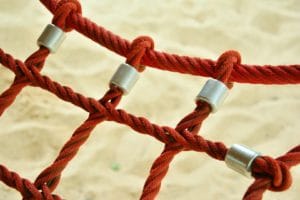Is Recess Worth the Time?
Posted by Brainspring on 9th Jun 2017
There’s only so much time in a school day. As a teacher, I feel like there’s never enough time to cram in all the content, let alone anything else. Not only does this fast-paced schedule affect us teachers, it also impacts students. Case and point: Come observe me at a staff meeting. You would think the teacher would be a model student but that’s not quite the case here. As a presentation is going on, one thing pops in my head, “I need a break soon.” And the second thing that pops into my head is, “This how my students feel when I’m teaching.” Let’s face it, as human beings we can only take in so much information and focus on one particular topic for so long. The term has been thrown around, “I need a brain break.” What does a brain break actually mean?
Jon Hamilton suggests in his nprEd article Scientists Say Child’s Play Helps Build Better Brain “that when it comes to brain development, time in the classroom may be less important than time on the playground.” As I think about this quote, I start to realize that for many students having a break is not something optional but it’s necessary to improve learning. Hamilton goes on to say that students need a sufficient amount of time for what he calls “free play.” Free play is defined as an unstructured time where students play without coaches, umpires, or rules.
So how do we incorporate free play into a typical school day?
- Allot 15 minutes each for a morning and afternoon recess. This will keep classroom lessons focused and the students will be calmer when it’s time to start the next lesson.
- Allow for short breaks (5 minutes) when students are in the middle of a long task (45-60 minutes) or challenging task. This break can be something to re-center their focus or lessen students’ stress. Activities for this break could be yoga, stretching, or deep breathing.
- Incorporate multi-sensory activities into your instructional strategies. Multi-sensory activities are a great way to involve movement when teaching phonics, practicing sight words, or daily math counting routines.
Think again before squeezing in that last little bit of instruction; it’s probably a better idea to let the students play. In the long run, students will function at a higher level when their brains are rested and ready to absorb it all. Let’s face it everyone needs a break once in a while.
Joe Trobaugh
Joe is a tutor at Brainspring Learning Center in Grosse Pointe.

